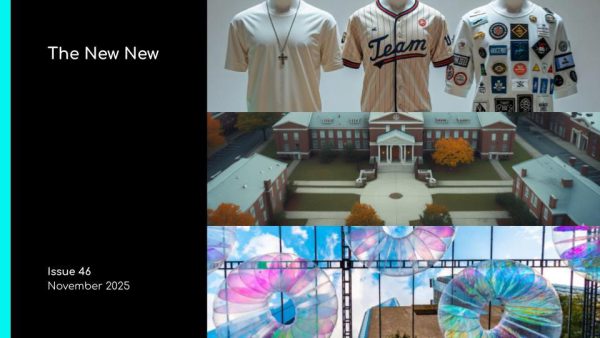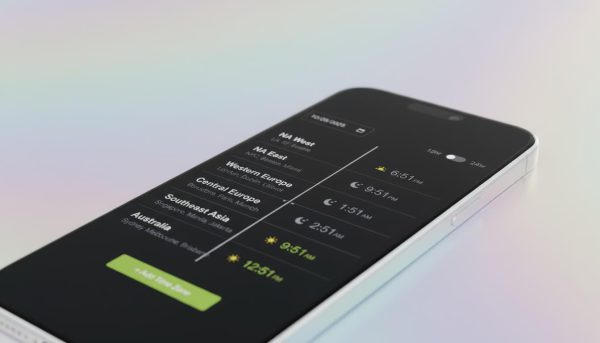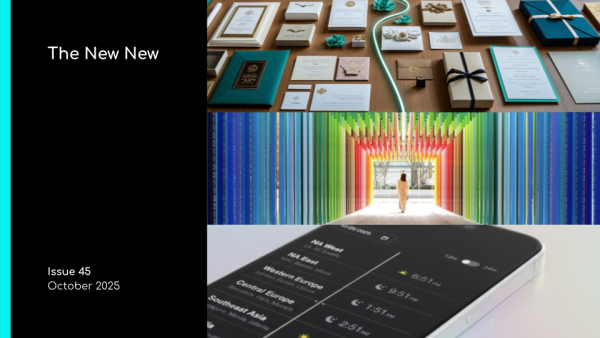Facial recognition technology is popping up in consumer activations and event interactives.

Facial recognition has evolved from a pie-in the-sky “Minority Report” technology to a commonplace security application that could touch a large percentage of the population as rumor has it Apple will unveil a facial recognition function on the new iPhone 8 this fall. Not to mention, Delta and JetBlue are reportedly testing facial recognition scans and biometrics to manage baggage checks and self-boarding. JetBlue conducted a pilot program at Logan Airport in June.
In the experiential world, however, facial recognition technology is popping up in activations as an engaging interactive that gives consumers the personalized experiences they crave. It’s evolving from simply an advertising tool marketers have used to capture data and eyeballs, so to speak. How it works? Typically, the technology functions through software algorithms that identify facial “landmarks” like eyes and noses through a viewer to develop a profile and draw conclusions about mood through the expressions detected.
For Lancôme, facial recognition technology at a recent activation at Ulta Beauty GM Conference in Orlando not only made personalized recommendations for users, it helped the brand be seen in a more modern light by millennials. A “smart mirror” kiosk captured the consumers’ data, like makeup and style preferences, contact info and social media handles, and their likeness. Consumers could then take part in a virtual cosmetics try-on experience and view personalized content and recommendations.
At its GM Huddle event last year, Hampton Hotels and agency partner agencyEA integrated a “smile swag” vending machine that used smiles as currency in exchange for giveaways. The interactive tied to the company’s “Happiness is … Hamptonality” messaging. The Hawaii Tourism Authority used facial recognition to capture consumers’ expressions while viewing video of the Hawaiian Islands, serving up recommendations for activities and itineraries based on their natural reactions to the content. And it’s worth mentioning a pioneer in the space, Unilever, which leveraged Sapient’s early smile-recognition booth that superimposed props to encourage you to smile before dispensing an ice cream—capturing a ton of data about you in the process.
Elsewhere in the event space, you can expect a rollout of facial recognition for frictionless check-ins at events, and facial recognition cameras that will detect peoples’ emotions when answering survey questions, transforming the way marketers measure the attendee event experience. And it could also give vendors and sponsors valuable information about attendees while measuring the impact their product or service is having on them without bias.
Because the face doesn’t lie.






